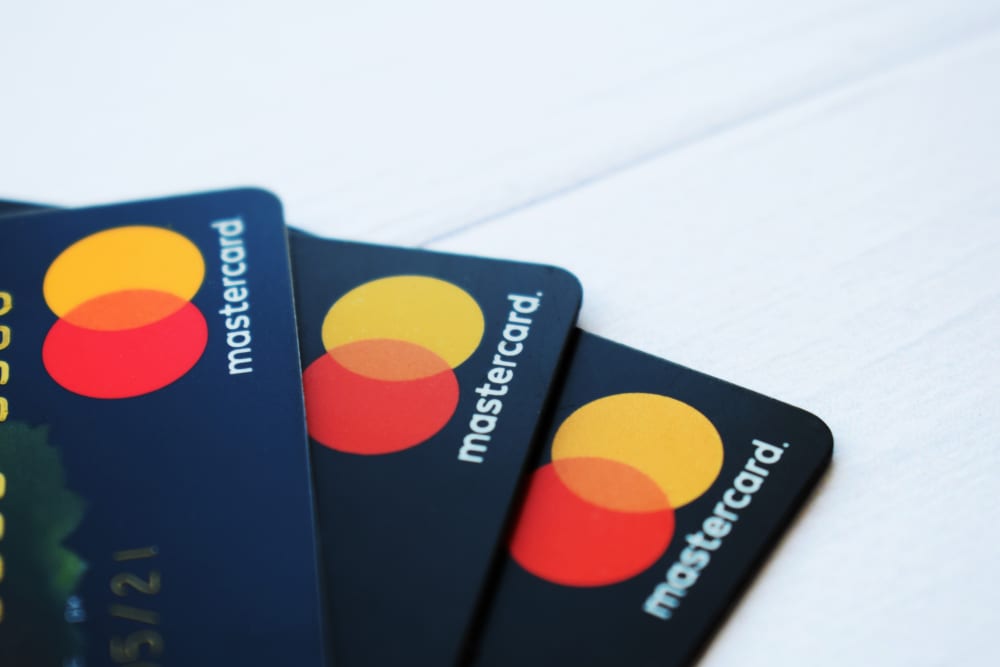Mastercard Pushes Deeper Into Crypto With New Stablecoin Payment Solutions
29.04.2025 22:00 2 min. read Alexander Stefanov
Mastercard is making a major move to bridge the gap between traditional finance and digital currencies.
In a new initiative announced Monday, the payments giant revealed plans to allow consumers to spend stablecoins as easily as cash, integrating stablecoin payments across its vast global merchant network.
The company’s new platform, Mastercard Move, will let users earn rewards, pay for purchases, and withdraw stablecoins directly into their bank accounts. Traditional Mastercard cards linked to crypto wallets will be usable at over 150 million merchant locations worldwide.
Mastercard isn’t tackling this alone. It’s teaming up with crypto exchange OKX to issue a new card and is collaborating with stablecoin heavyweights Circle and Paxos to ensure merchants can accept stablecoin payments. Circle, which issues the widely used USDC token, is among the key partners enabling this shift.
The move comes as U.S. lawmakers debate new stablecoin regulations, with banks gearing up for broader stablecoin adoption in the financial sector. Mastercard’s latest partnerships build on its growing track record in crypto, having previously worked with firms like MetaMask, Baanx, Ledger, and Argent.
Jorn Lambert, Mastercard’s Chief Product Officer, emphasized that stablecoins could significantly simplify payment systems and reshape commerce. “The value stablecoins bring to everyday payments is becoming increasingly clear,” Lambert said.
As traditional finance giants dive deeper into blockchain integration, Mastercard’s strategy signals a future where stablecoins could be just as common in daily transactions as traditional currencies.
-
1
Stripe in Talks with Banks to Integrate Stablecoins into Traditional Finance
03.06.2025 9:00 2 min. read -
2
Ripple CTO Outlines Broader Vision for XRPL Beyond Payments
05.06.2025 11:00 1 min. read -
3
Uber Considers Stablecoins to Cut Global Payment Costs
07.06.2025 22:00 1 min. read -
4
Societe Generale Expands Digital Finance Push with Dollar-Based Stablecoin on Ethereum and Solana
10.06.2025 17:00 2 min. read -
5
Fortune 500 Embrace Stablecoins as Adoption Surges Across U.S. Businesses
11.06.2025 19:00 2 min. read
Shopify Begins Testing USDC Payments on Coinbase’s Base Network
Shopify is taking a bigger step into digital payments by testing out stablecoin transactions using USDC on Coinbase’s Base, a fast, low-cost Ethereum Layer-2 network.
Amazon and Walmart Could Launch Their Own Stablecoins for Payments
A bipartisan push on Capitol Hill is giving America’s biggest merchants a new reason to dabble in blockchain.
Fortune 500 Embrace Stablecoins as Adoption Surges Across U.S. Businesses
A wave of interest in stablecoins is sweeping through corporate America, with a growing number of companies—large and small—now exploring blockchain-based payment solutions to bypass traditional inefficiencies.
Societe Generale Expands Digital Finance Push with Dollar-Based Stablecoin on Ethereum and Solana
Société Générale’s crypto-focused subsidiary, SG Forge, is gearing up to introduce a new dollar-denominated stablecoin, marking a deeper move by traditional European banking into the digital asset space.
-
1
Stripe in Talks with Banks to Integrate Stablecoins into Traditional Finance
03.06.2025 9:00 2 min. read -
2
Ripple CTO Outlines Broader Vision for XRPL Beyond Payments
05.06.2025 11:00 1 min. read -
3
Uber Considers Stablecoins to Cut Global Payment Costs
07.06.2025 22:00 1 min. read -
4
Societe Generale Expands Digital Finance Push with Dollar-Based Stablecoin on Ethereum and Solana
10.06.2025 17:00 2 min. read -
5
Fortune 500 Embrace Stablecoins as Adoption Surges Across U.S. Businesses
11.06.2025 19:00 2 min. read


